10 Features to Look for in 4-in-1 Detectors
In today's safety and detection technology field, 4-in-1 Detectors are widely used across industrial safety, environmental monitoring, emergency rescue, and other scenarios due to their versatility, portability, and efficiency. These devices typically integrate detection capabilities for four gases: combustible gases (LEL), oxygen (O₂), carbon monoxide (CO), and hydrogen sulfide (H₂S). However, with numerous brands and models available on the market, how does one select a 4-in-1 Detectors that meets specific needs? Below are 10 key features to focus on during selection, shared by Eranntex.

1.Detection Accuracy and Response Time
Detection accuracy is the core metric for evaluating detector performance. High-precision devices accurately reflect actual gas concentrations in the environment, minimizing false alarms or missed detections. Response time is equally critical, especially in emergencies where rapid response provides vital evacuation time. Therefore, select products certified to international standards (e.g., IECEx, ATEX) and review specific accuracy and response time data in their technical specifications.
2.Sensor Type and Lifespan
4-in-1 Detectors typically employ electrochemical sensors or catalytic combustion sensors. Electrochemical sensors are suitable for toxic gas detection, such as CO and H₂S, while catalytic combustion sensors are primarily used for combustible gas detection. Sensor lifespans vary significantly, generally ranging from 2 to 3 years. When selecting, focus on the sensor type and its replacement cycle, prioritizing sensors with longer lifespans and better stability to reduce long-term operating costs.
3.Protection Rating and Durability
Given that detectors are often deployed in harsh environments like chemical plants, mines, or confined spaces, their protection rating (IP rating) and durability are critical. For instance, IP67-rated devices offer complete dust protection and can withstand brief submersion in water without damage. Additionally, whether the device features drop resistance and shockproofing is a key indicator of its durability.
4.Data Logging and Storage Capabilities
Modern 4-in-1 Detectors typically feature data logging, enabling real-time storage of detection data for subsequent export and analysis. This capability is vital for accident investigations, compliance audits, or workplace environment assessments. Opt for devices with large internal memory and support for USB or wireless data transfer to facilitate efficient data management and report generation.
5.Battery Life and Charging Methods
Battery life directly impacts operational efficiency, particularly during extended fieldwork or scenarios where frequent charging is impractical. Mainstream 4-in-1 Detectors generally offer 12 to 20 hours of battery life, with some high-end models supporting replaceable batteries or fast-charging capabilities. When selecting equipment, match battery configuration to actual operational duration requirements.
6.Alarm Methods and Threshold Settings
Alarm methods include audible/visual alerts, vibration alerts, and screen notifications. Multi-mode alarms ensure timely user alerts in noisy or complex environments. Additionally, the ability to customize alarm thresholds is a key indicator of device flexibility. Different industries have varying requirements for gas concentration thresholds, and adjustable alarm settings better accommodate personalized needs.
7.Calibration and Maintenance Ease
Regular calibration is essential for maintaining detector accuracy. Therefore, factors such as the simplicity of the calibration process, support for automatic calibration, and maintenance frequency should be considered. Some high-end models feature one-touch automatic calibration and self-diagnostic capabilities that alert users when maintenance or sensor replacement is required.
8.User Interface and Experience
The user experience is directly influenced by whether the interface is intuitive and user-friendly. Key factors include a clear display, a simple button layout, and multilingual support. An easy-to-understand interface is particularly crucial for non-professional users or those operating in emergency situations.
9.Weight and Portability
As four-in-one detectors are typically carried or worn, weight and portability are critical selection factors. Lightweight designs and ergonomic carrying options (e.g., clips, belt buckles) significantly improve comfort during extended use. Devices weighing between 200g and 300g are recommended for balancing portability and functionality.
10.Brand Reputation and After-Sales Service
Finally, brand reputation and after-sales service form the foundation for ensuring long-term, stable device operation. Opting for a reputable brand not only signifies higher product quality and technical support but also grants access to comprehensive after-sales services like repairs, calibration, and replacement parts. Before purchasing, review user feedback, industry certifications, and the manufacturer's service network coverage.
Selecting the right 4-in-1 Detectors is not only an investment in safety but also a boost to work efficiency. From detection accuracy and sensor lifespan to protection ratings and user experience, each feature directly impacts the device's actual performance. We hope this guide provides clearer insights into key selection criteria, enabling you to make an informed choice based on your specific needs. For any questions or further product recommendations, feel free to consult professionals or manufacturer customer service at any time.
Related information
-
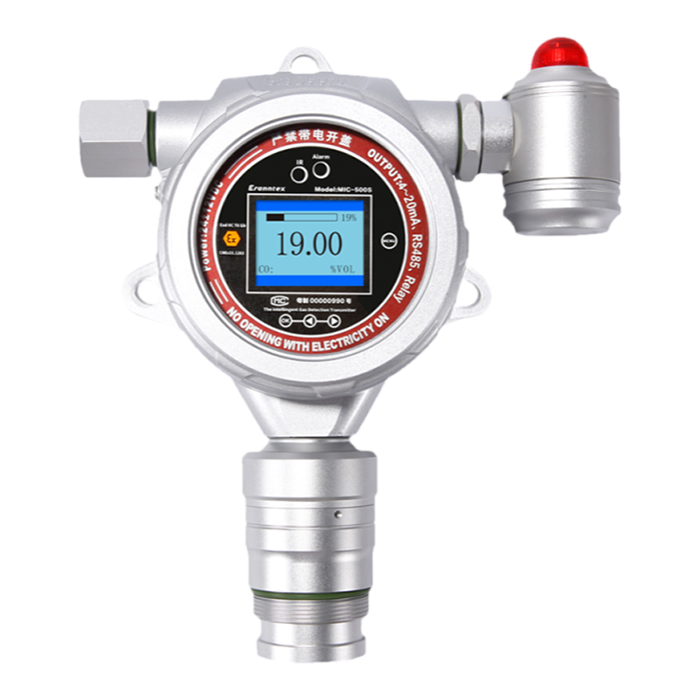
Combustible Gas Detectors: Your First Line of Defense
In today\'s society, whether in cosy domestic settings, bustling industrial environments, or challenging outdoor work zones, combu...
2025-10-31 -

How to Test Your Oxygen Detectors Effectively?
In today\'s society, where safety and health are paramount, oxygen detectors serve as vital equipment safeguarding us from the d...
2025-10-29 -

Oxygen Detectors: Your Key to a Safer Environment
In the global pursuit of safety and healthy living, oxygen detectors are increasingly becoming indispensable equipment for safeg...
2025-10-27 -
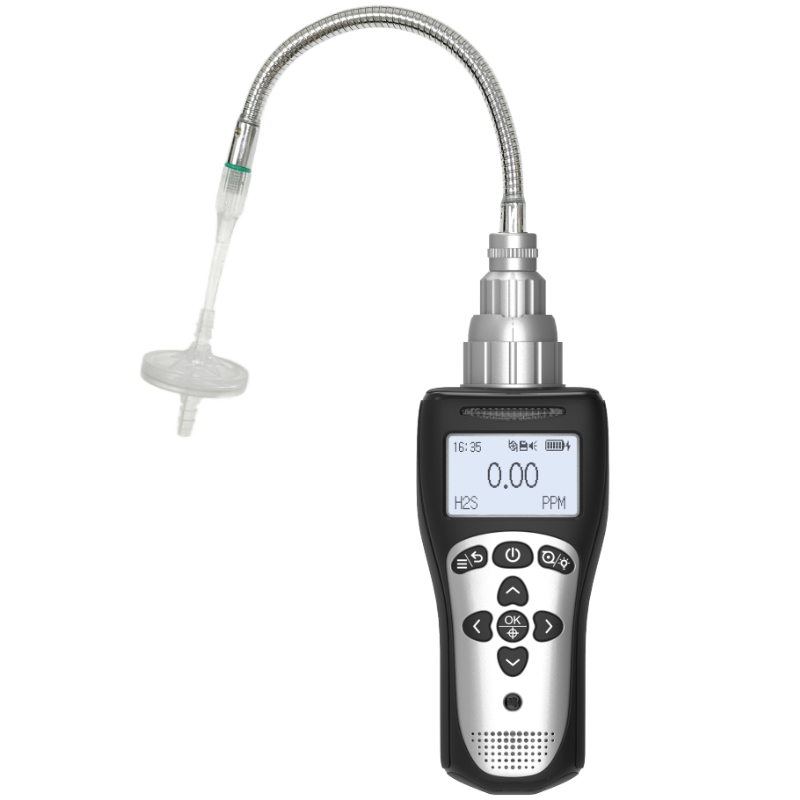
6 Types of Oxygen Detectors You Should Know About
In countless industrial, commercial, and research settings, oxygen serves as both the source of life and a potential hazard. Insuf...
2025-10-24 -

How Often Should You Replace Your Oxygen Detectors?
In today\'s society, oxygen detectors play a vital role across industrial production, underground operations, and specific domesti...
2025-10-22

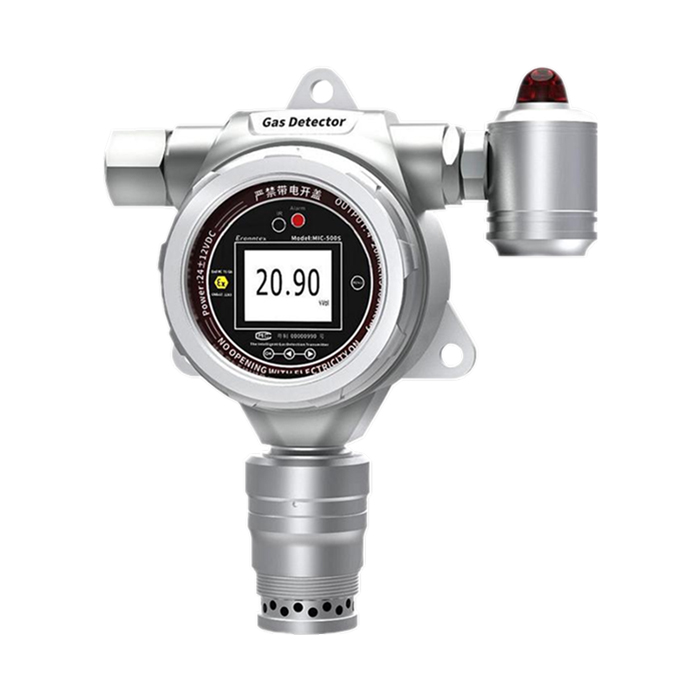
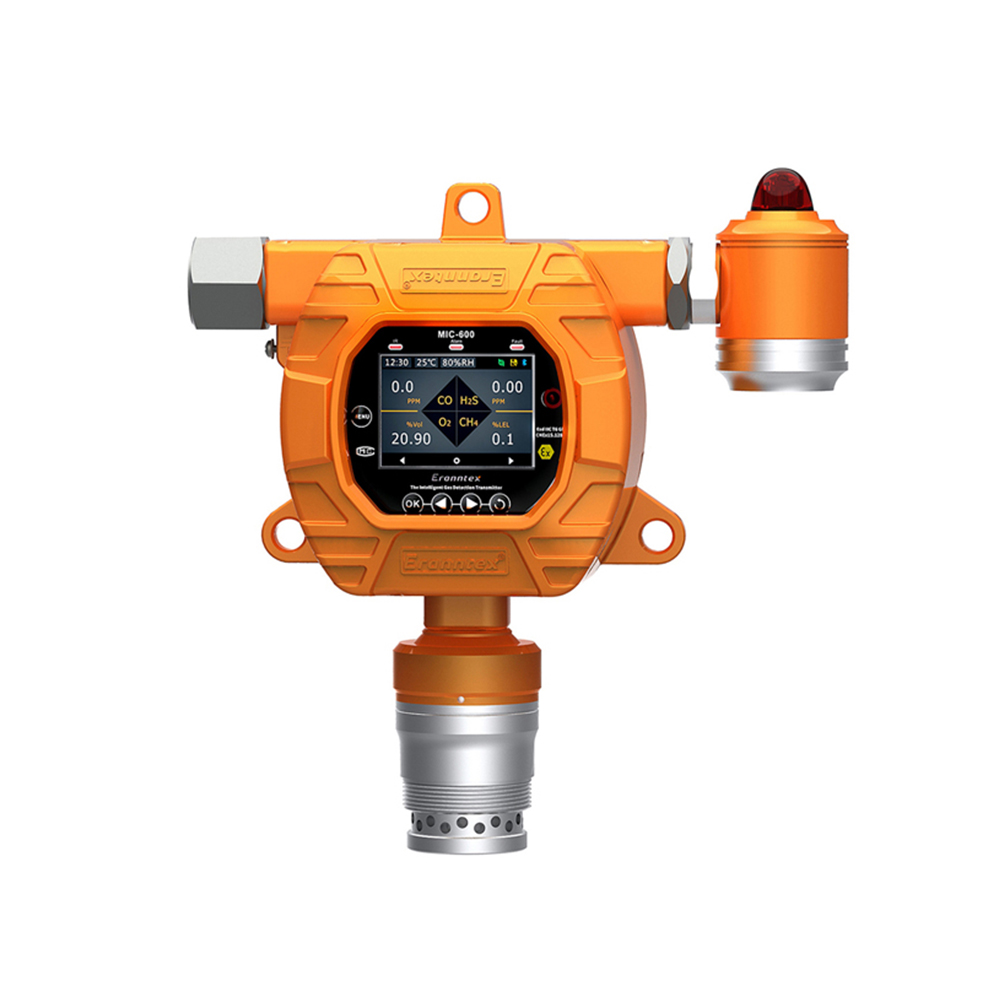
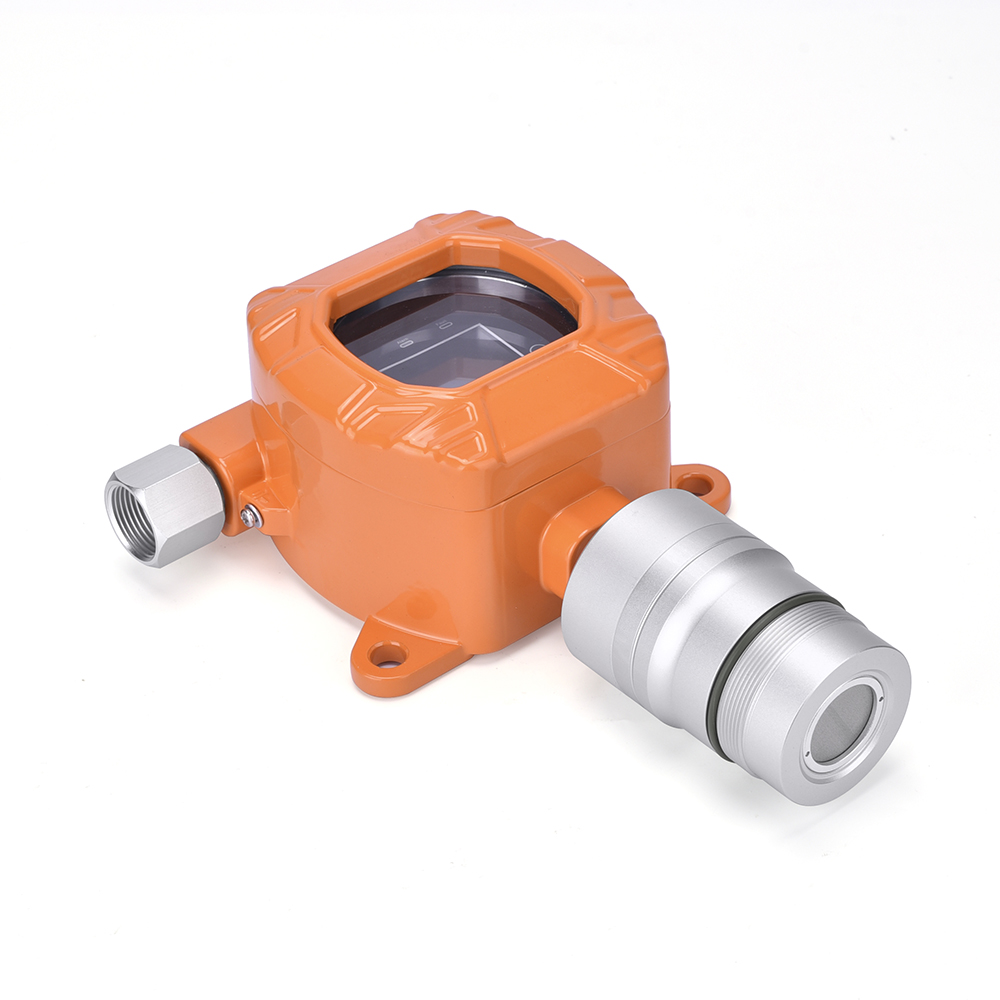
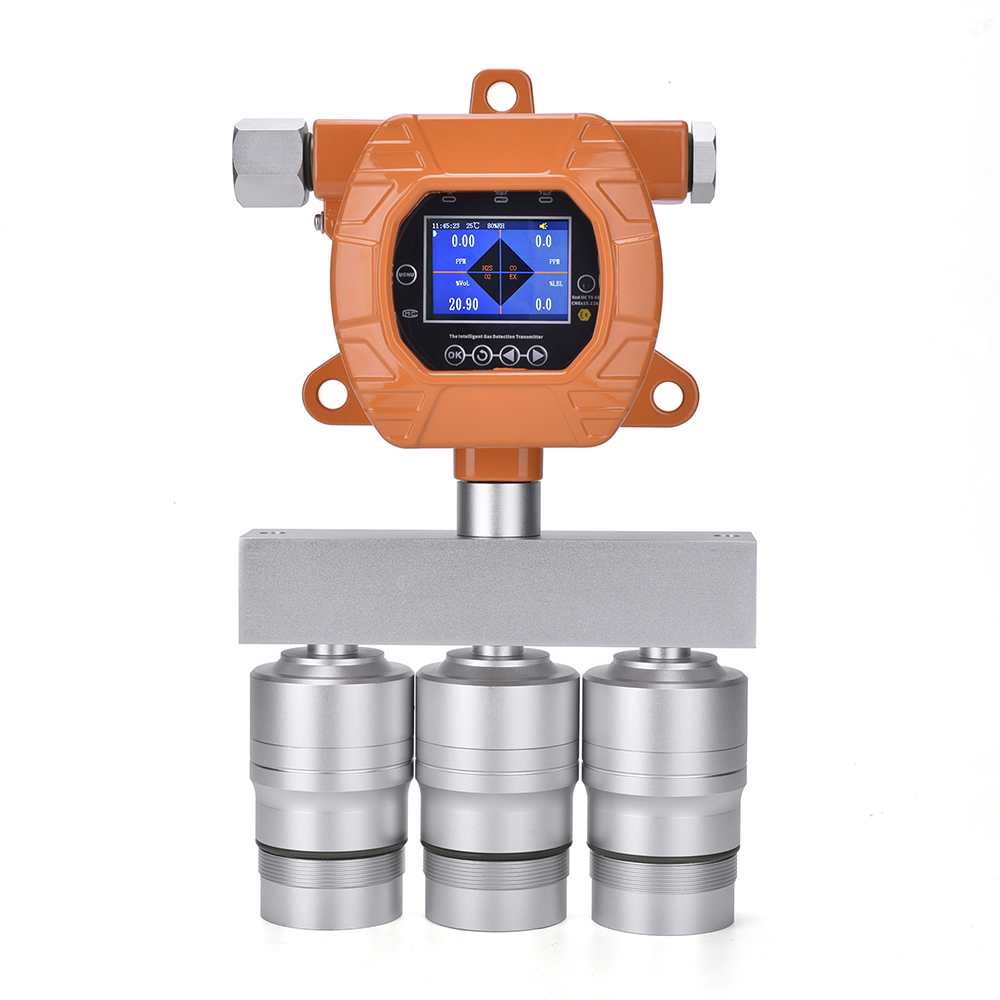

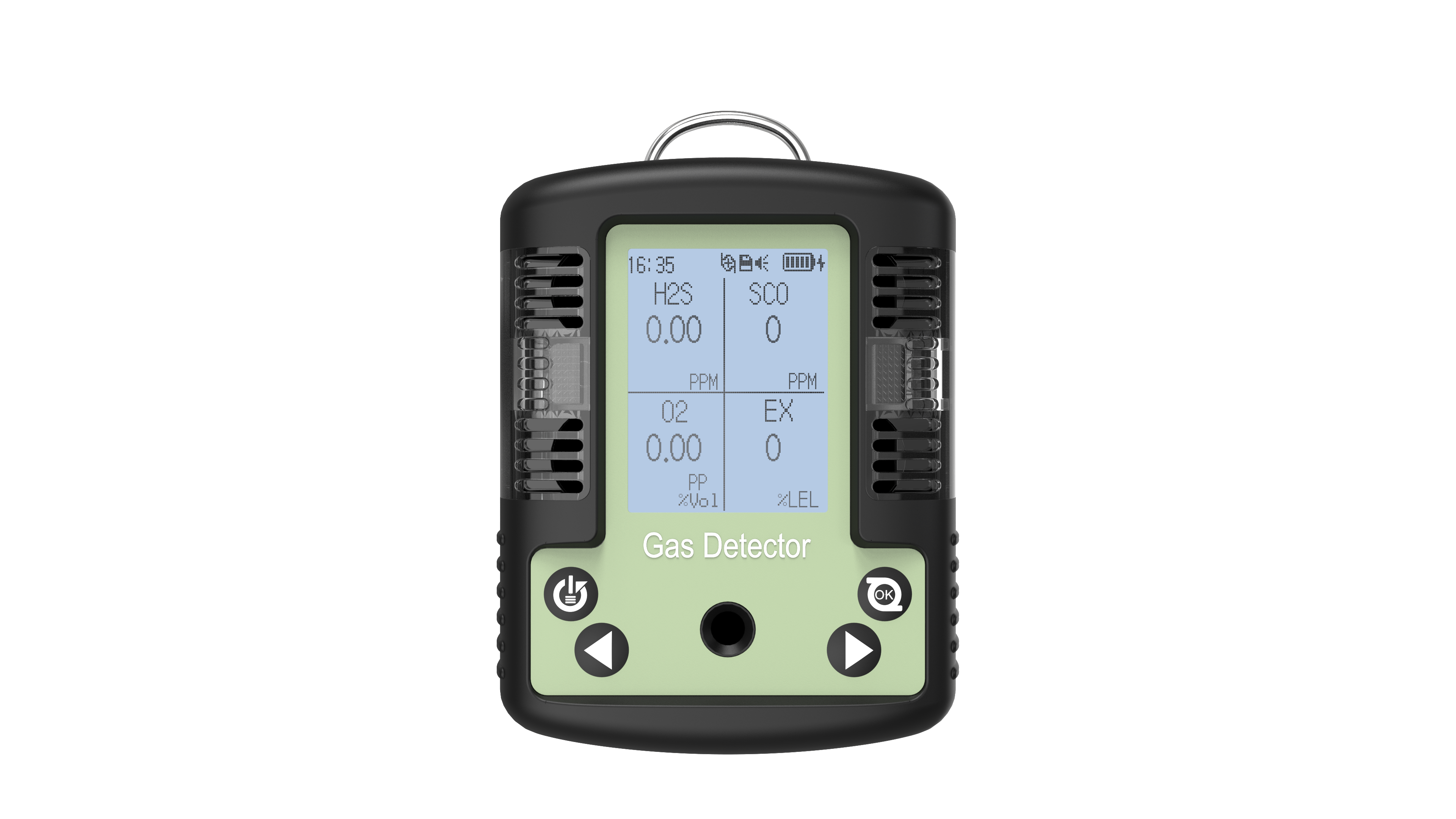

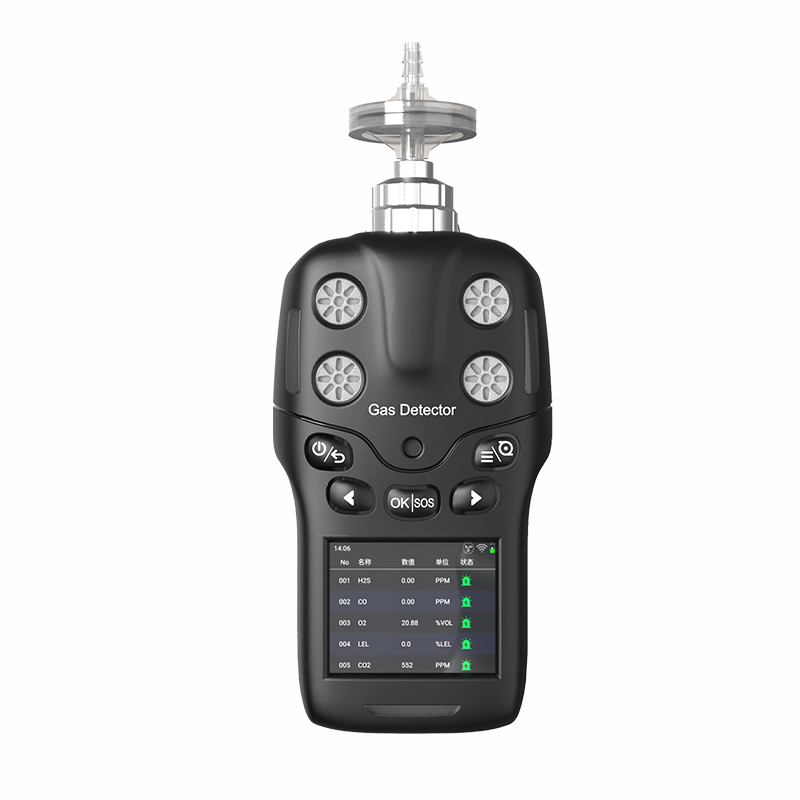

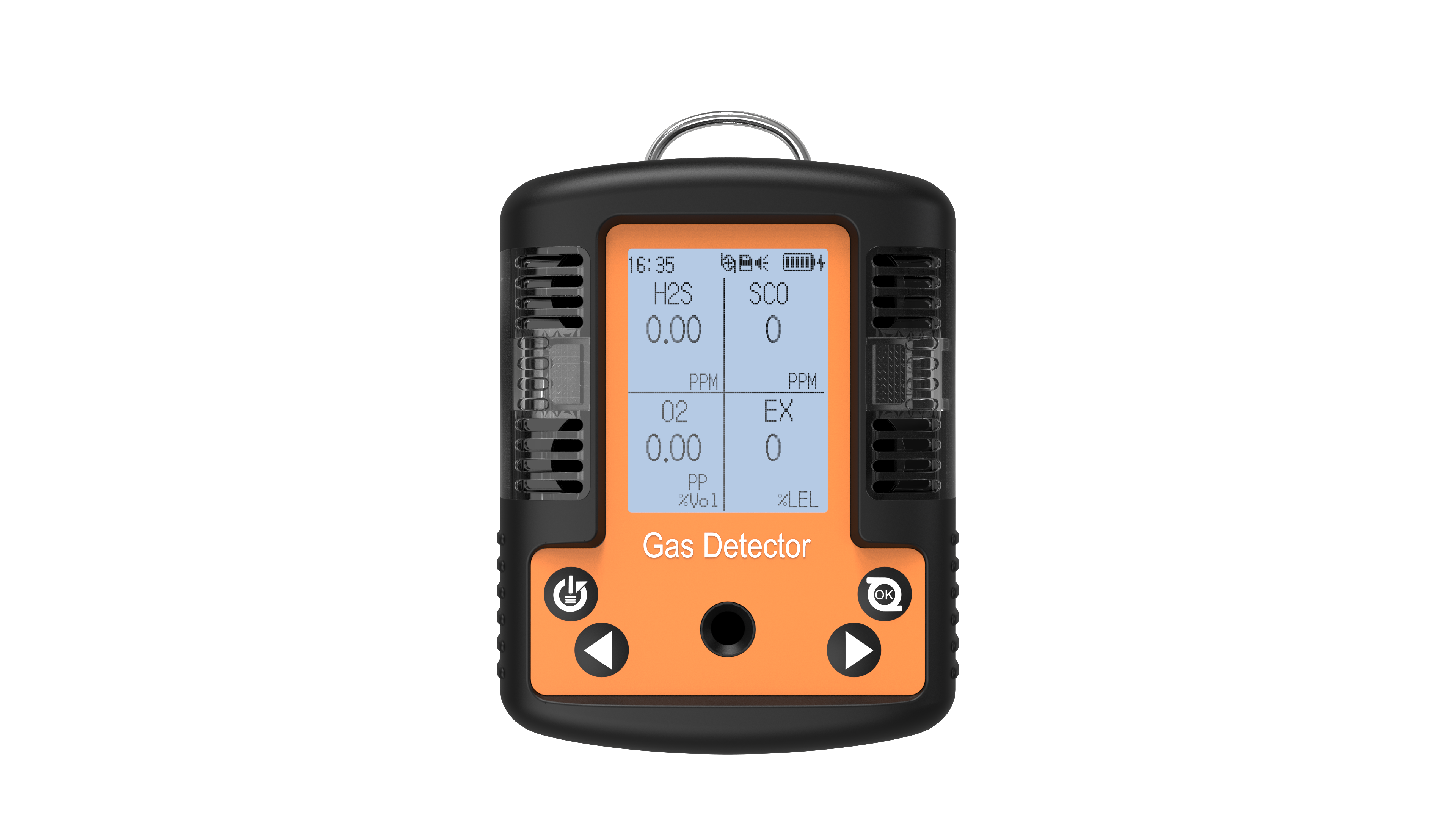
 info@eranntexgas.com
info@eranntexgas.com


 13480931872
13480931872